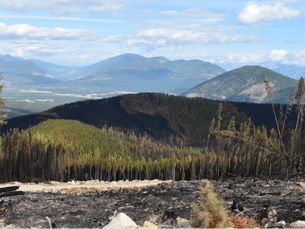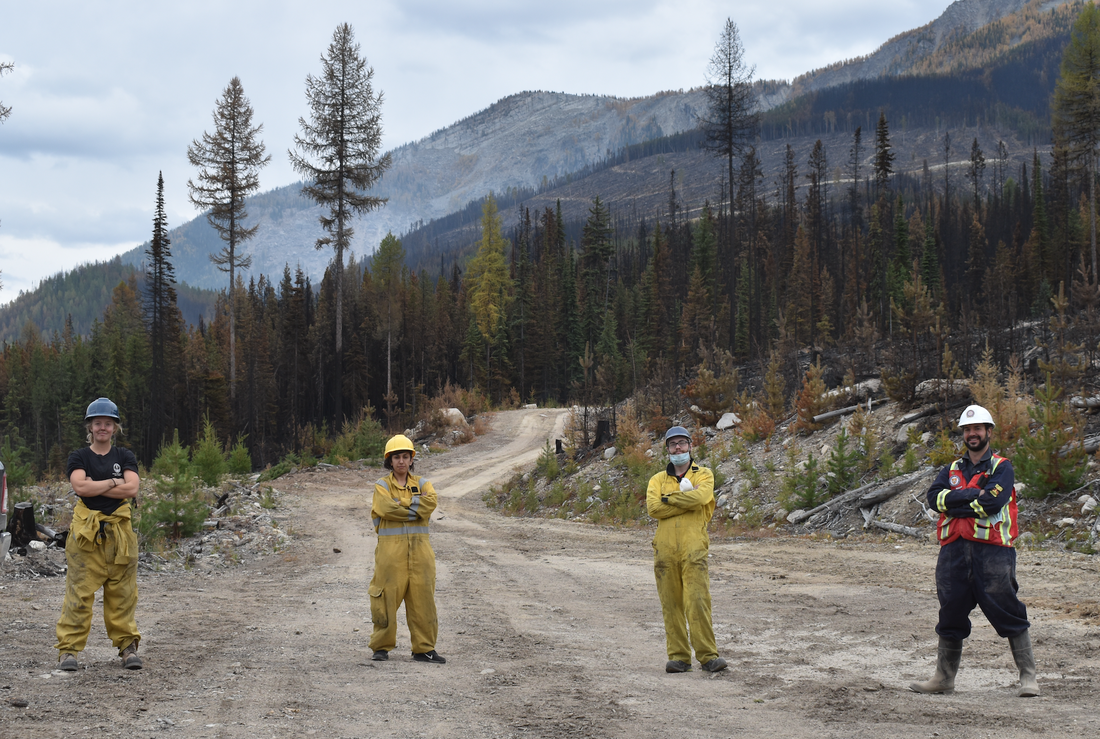Does contemporary forestry impact drinking water treatability? Soosan Bahramian investigates3/18/2021  Soosan Bahramian, PhD candidate, University of Waterloo Soosan Bahramian, PhD candidate, University of Waterloo Forested watersheds supply approximately 75 per cent of global accessible freshwater resources and serve as important sources of drinking water. Both natural and anthropogenic landscape disturbances in these watersheds can negatively impact water quality in downstream environments and jeopardize water security. Current PhD candidate, Soosan Bahramian, shares insights she gained during her Master's research. Although forests have not been historically managed for water, appropriate forest harvesting strategies have recently been proposed for the pre-emptive mitigation of landscape disturbance effects (e.g., wildfire and flood) on source water quality and treatability. However, this must be implemented strategically such that it does not ultimately deteriorate source quality. Soosan Bahramian, graduate student in Waterloo’s Department of Civil and Environmental Engineering, is investigating the potential impacts of contemporary forest harvesting on water quality and treatability in Professor Monica Emelko’s forWater project. "This is the first comprehensive investigation of the impact of forest harvesting on drinking water treatability" said Bahramian. “In my research, I investigated how forest harvesting, with careful implementation of best management practices, can impact water treatability downstream.” Bahramian’s research was one of the very few studies that focused on forest harvesting at a watershed-scale, and investigated the impact of three different methods of contemporary forest harvesting: clear-cut, strip-cut, and partial-cut, on drinking water treatability, in the eastern slopes of the Rocky Mountains of Alberta, Canada. The results of Bahramian’s research shows that forest harvesting, when implemented with techniques that are used to prevent or minimize the impacts of forest harvesting in a watershed, such as pre-harvesting planning and erosion control, would not have a significant impact on water quality and treatability. Bahramian hopes this will add to our understanding about forest management practices and its impact on drinking water.
This research was conducted in partnership with Canfor, a member of the forWater Network. The forestry company implemented the best management practices applied during the forest harvesting and Bahramian studied the impacts on water treatability. This type of cross-sector and transdisciplinary collaboration is critical and unique to the research conducted across the forWater Network. Learn more about Bahramian’s research here: www.forwater.ca Learn more about Canfor's forWater partnership: https://www.forwater.ca/news/canfor-forwater-deliver-better-forest-management-practices-for-drinking-water-and-beyond
1 Comment
Leave a Reply. |
forWater NetworkThe Network provides insights into new scientific research for safe, secure drinking water---globally---which starts with resilient forests Archives
October 2023
Categories |



 RSS Feed
RSS Feed

